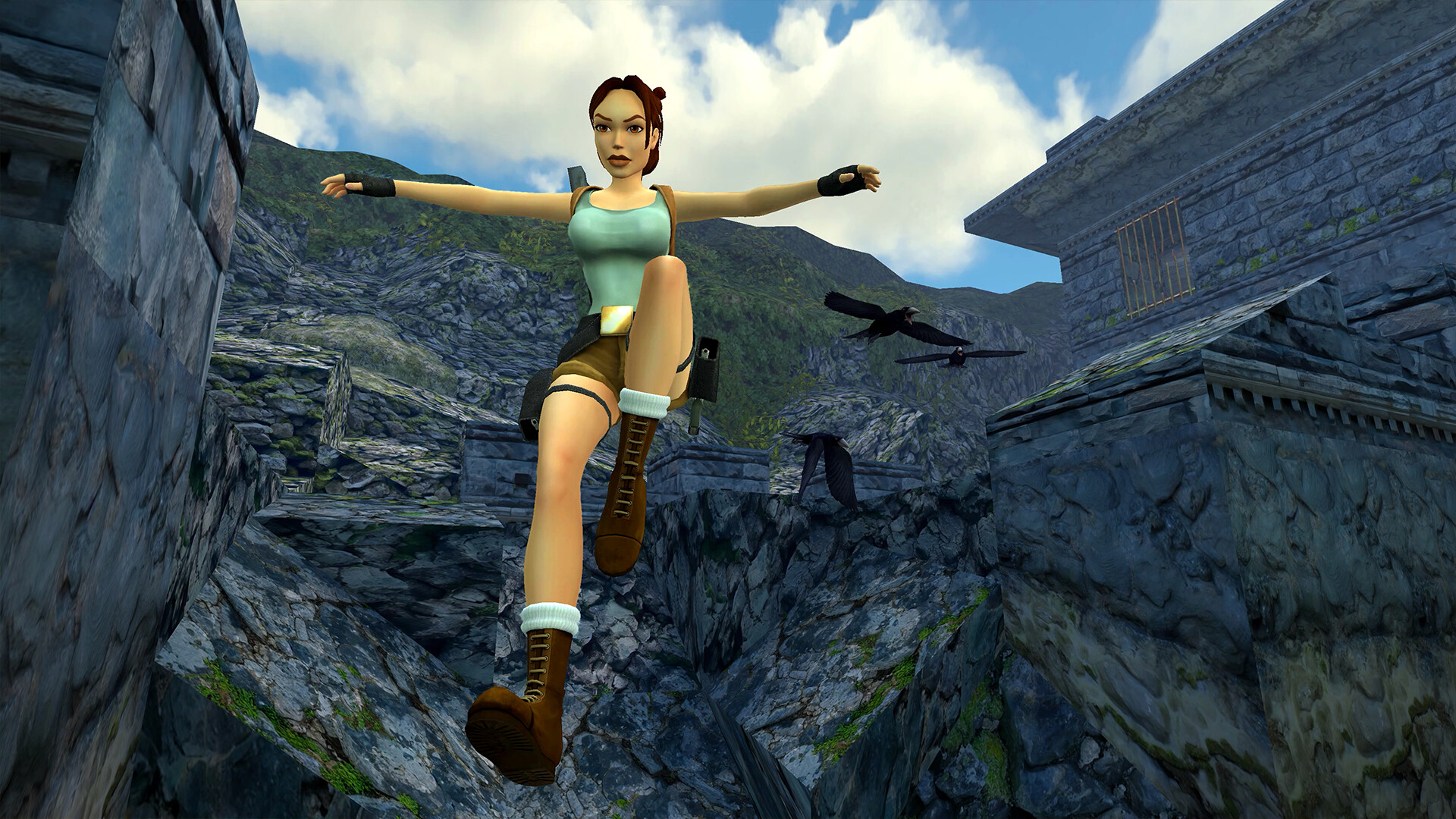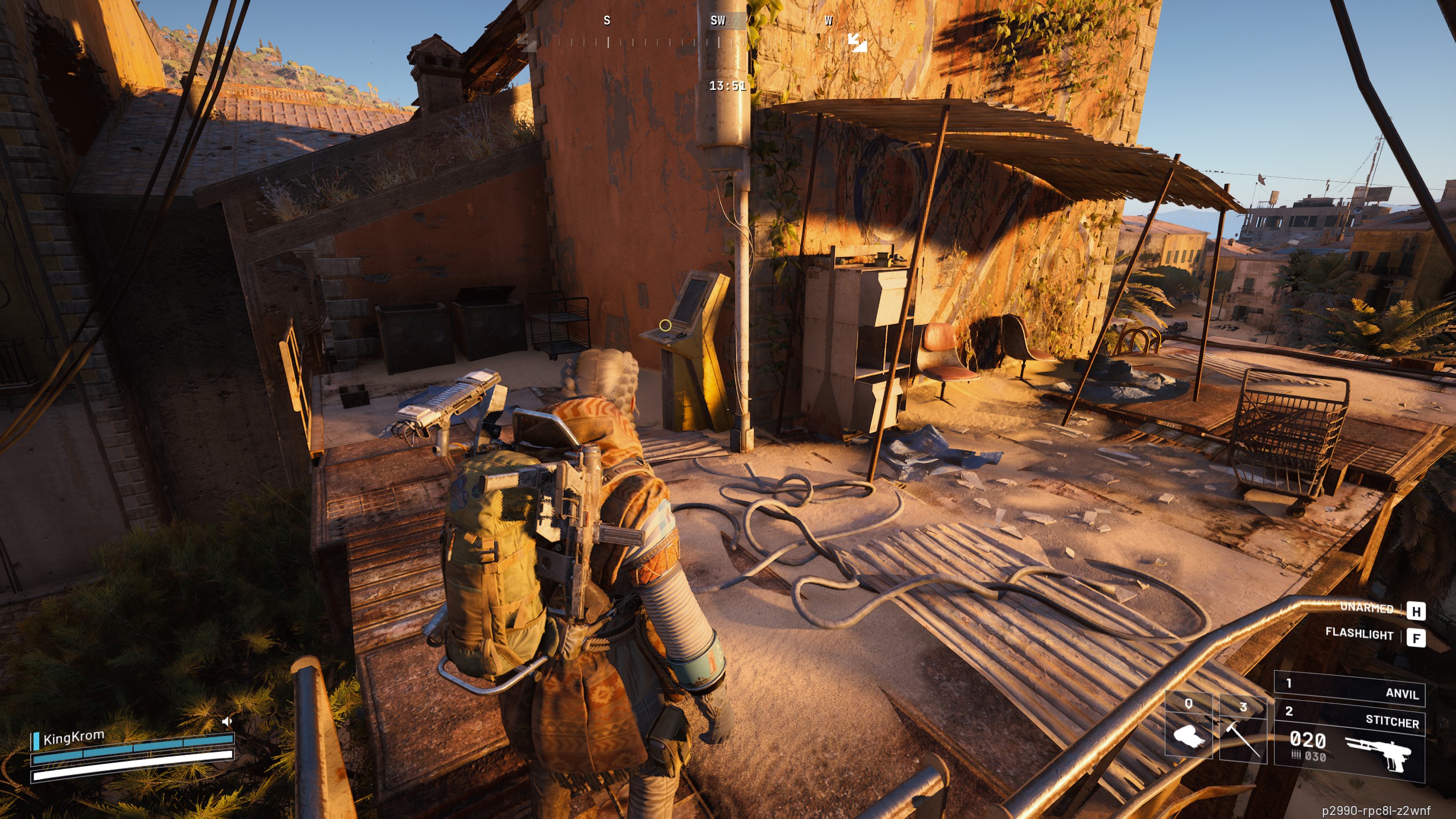Lara Croft modding maestro reveals he’s been missing because Saber nabbed him for the Tomb Raider ‘dream team’, assembling a crack squad ‘of crazy people’ to put together the remasters

If you’ve been wondering where OpenLara—an open-source engine reimplementation for the first five Tomb Raider games—has wandered off to, we now have an answer. Its creator Timur Gagiev got lassoed by Saber and Aspyr to lead their remasters of Tomb Raiders 1-3, lending them his expertise in gussying up Lara’s oldest adventures for the past year in what he calls a “dream project that has become the culmination of the last eight years of my life.”
In a post on Twitter, Gagiev revealed that Saber had allowed him to “assemble a dream team of true fans” to work on the remaster project, aided by “source code for [Tomb Raider’s] Mac ports” provided by Aspyr. Materials in hand, Gagiev said his crack squad were given “complete freedom,” and “set ourselves an impossible goal, which could only be approached by a small ‘Development Team’ of crazy people, ready to work 24/7 next year with an absolute vision of what and for whom we are doing.”
For those who are still interested in the fate of OpenLara and my other projects, they are on hold. For the past year I’ve been busy with a dream project that has become the culmination of the last 8 years of my life – Tomb Raider I-III Remastered. (1/4)February 14, 2024
That makes sense. A brief look at Gagiev’s GitHub commits for 2022 and 2023 reveals a sharp and sudden drop-off in March 2023. A schedule where OpenLara commits arrived several times a month suddenly slowed to a trickle: four contributions between March and December 2023. Now we know why: He had been enlisted into the videogame remaster Justice League.
Interestingly, OpenLara is in some ways ahead of the recent official remasters. One question directed Gagiev’s way on Twitter asked why the remasters’ classic mode was locked to 30 fps (OpenLara’s engine allows you to play at 90, 120, or 144 fps), to which Gagiev responded that it was essentially a limitation of the original game’s logic. “The OG game logic works at 30 Hz,” wrote Gagiev, “For HD we use interpolation for object states, there is no way to ‘unlock’ fps without adding interpolation which also adds up to 33 ms input lag.” Fair enough, really. 33 ms of input lag doesn’t sound at all pleasant.
This is the kind of approach I’d love more studios to take when it comes to remasters like this one. For every classic PC game, there’s probably at least one ludicrously dedicated modder still chipping away at some open-source project that keeps it running slick on modern machines (the Vampire: The Masquerade – Bloodlines unofficial patch hit version 11.4 last August, by the by).
Those are the people, like Gagiev, who truly love these old games, who know what makes them great, and know how to keep their heart intact even while opening them up a bit for people who might be put off by a dearth of polygons and weird controls. Let’s hope the positive reception the Tomb Raider remasters seem to be getting (Kerry Brunskill scored them 78% and called them “the definitive version of these games” in our Tomb Raider 1-3 remastered review) convince others to follow suit.




